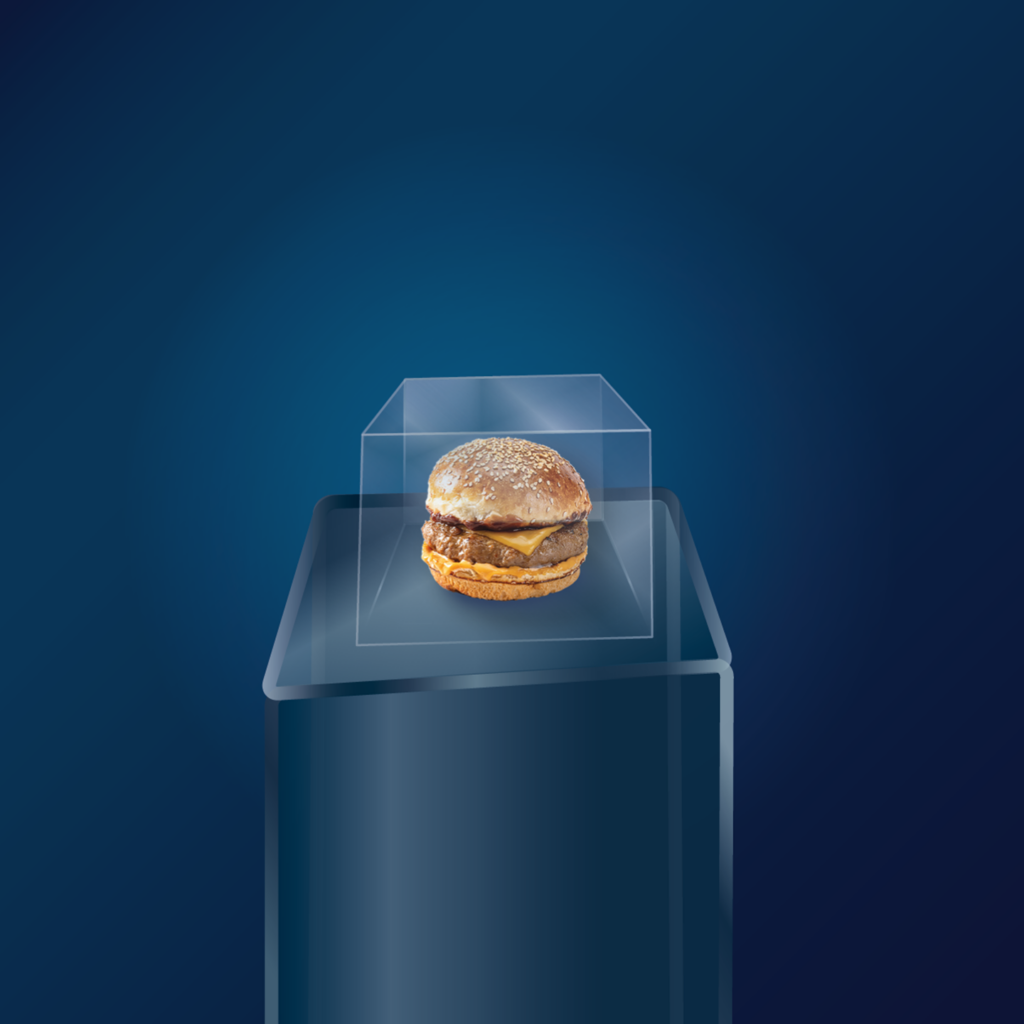The burger is a symbol of the fossil era food system. We wanted fast, cheap food that tasted the same wherever we went. There were even “drive-in” restaurants where the visitors would not exit their vehicles for the entire meal.
The reason that fast food was even conceivable was the rise of industrial agriculture and access to cheap meat. The scale and intensity of fossil agriculture had a major effect on the climate and animal health.
During the 2020s, more wanted their food to be locally grown, produced on a small scale, vegetarian and preferably not come from large food chains. Activists and politicians pushed for new reforms, a new system where local farmers were guaranteed the sale of high-quality pasture-raised beef was introduced and the EU changed their system of agricultural support. At the same time, more and more people began to eat less meat and more plant-based food.
Large fast food restaurants did everything they could to save the fast food burger. They invented halloumi burgers, bean burgers and eventually lab-grown burgers. This kept the burger alive for a few more years, but eventually they had to face the fact — the wants and needs of society had changed. In 2038, Sweden’s last fast food burger was served at a roadside grill in Lidköping — and is now preserved forever in our museum.
As you are well aware, however, the concept of protein-between-two-slices-of-bread did not disappear — burgers are still around, they are just slower.
Industrial agriculture: Farming using chemical fertilisers and pesticides where the goal is to have the biggest yields possible, often with major environmental degradation as a result—the opposite of organic agriculture.
This text is part of the future scenario and study material Beyond the Fossil Era.
